Can the power supply frequency directly determine the motor speed?
The speed of a motor is directly related to the frequency of the power supply, but another factor that determines the speed of the motor is the number of poles. To clearly and intuitively explain the factors that determine the speed of a motor, we introduce a basic formula (1) in motor science. In formula (1), n is the speed of the motor; S is the slip rate of the asynchronous motor; f is the power supply frequency; and p is the number of pole pairs in the motor.
n = (1-S)60f/p………………(1)
It can be seen from formula (1) that there are three factors that determine the motor speed, namely the power supply frequency, the number of motor pole pairs and the motor slip rate. For industrial frequency motors, the key factor that determines the speed is the number of motor pole pairs, because the motor slip rate does not make much difference.
For motors with the same number of poles, the speed of industrial frequency motors will not vary much. The speed of the motor can be changed by changing the power supply frequency. For example, the more common YVF and YZP series motors can change the speed of the motor by adjusting the power supply frequency and the number of poles. The speed of the motor can also be adjusted in a small range by adjusting the slip rate. The YH series high slip motor is a specific representative.
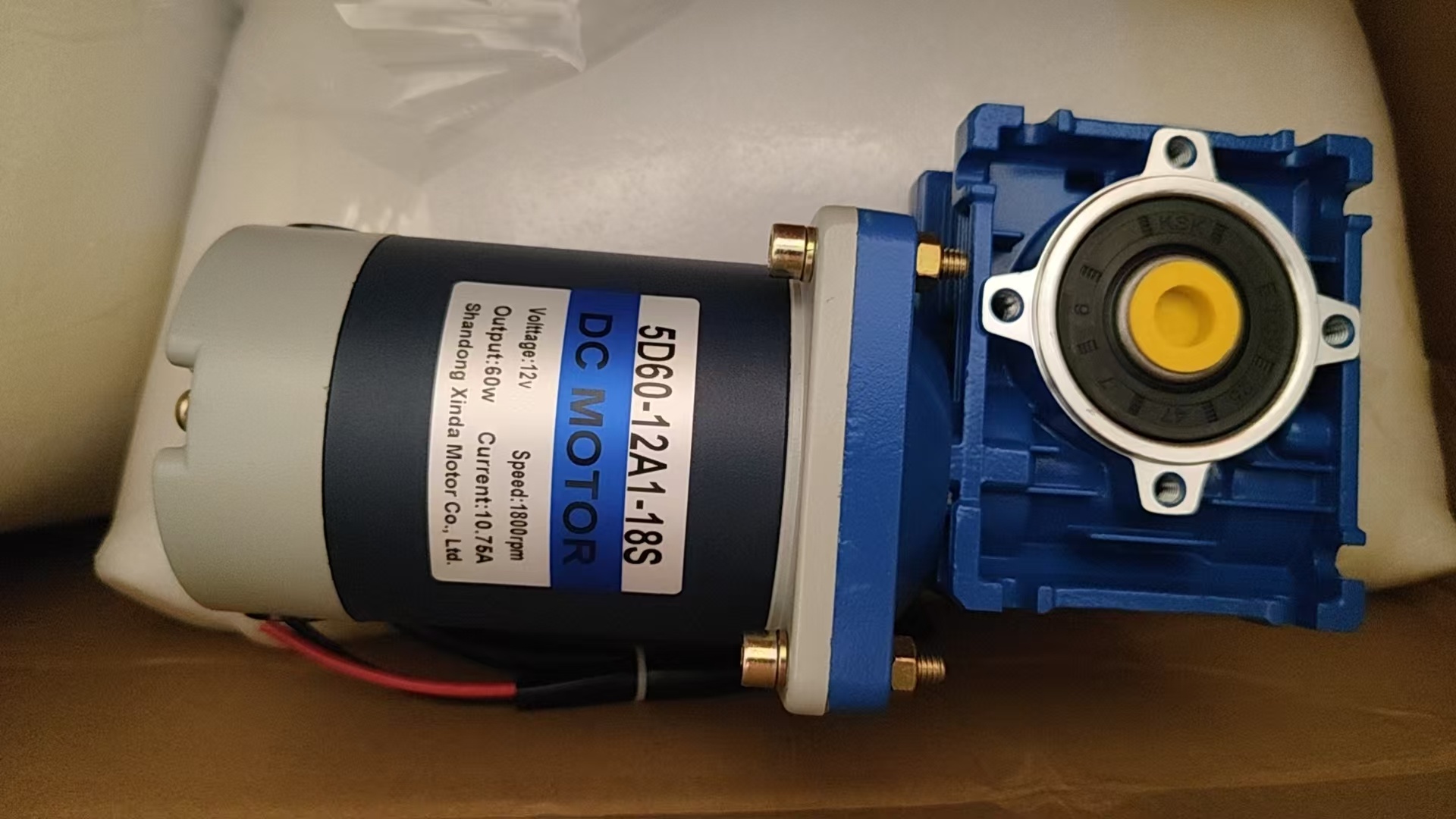
For synchronous motors, the slip rate S in formula (1) is 0, and formula (1) is transformed into formula (2). Formula (2) is the speed calculation formula for synchronous motors, and is also the expression of the synchronous speed of asynchronous motors.
n = 60f/p………………(2)
Due to the slip factor, it is difficult to achieve absolute consistency in the speed of asynchronous motors. Even motors of the same specification and batch may have certain differences due to the actual manufacturing process. Especially for occasions where multiple motors work together, and for equipment with high requirements for motor speed accuracy, synchronous motors are often selected to meet the precise requirements of speed consistency.
Based on the above content, the comparative relationship between motor speed and frequency should be based on the same number of motor poles. That is, for motors with the same number of poles, the higher the power supply frequency, the faster the motor speed; conversely, the lower the power supply frequency, the slower the motor speed.



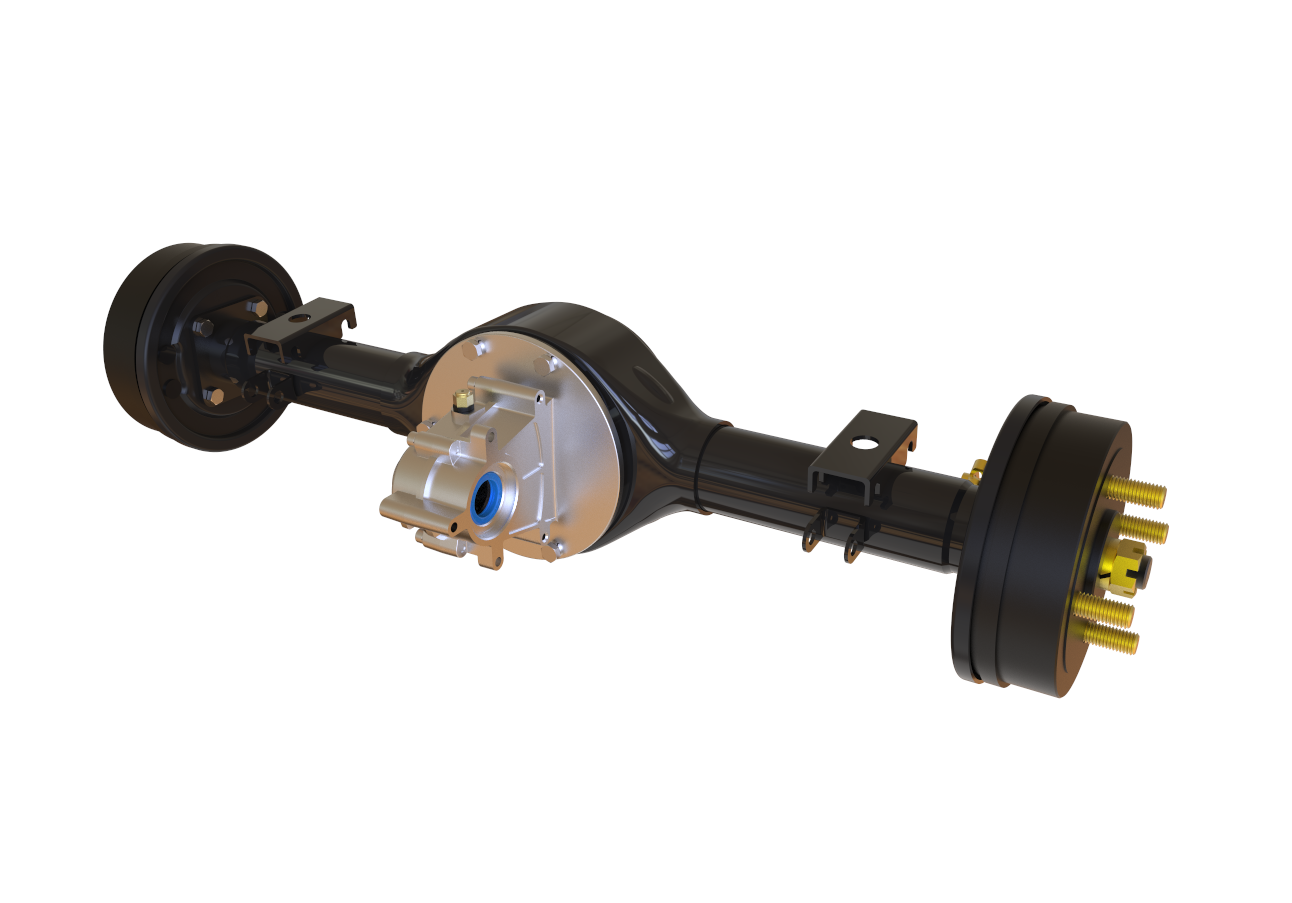


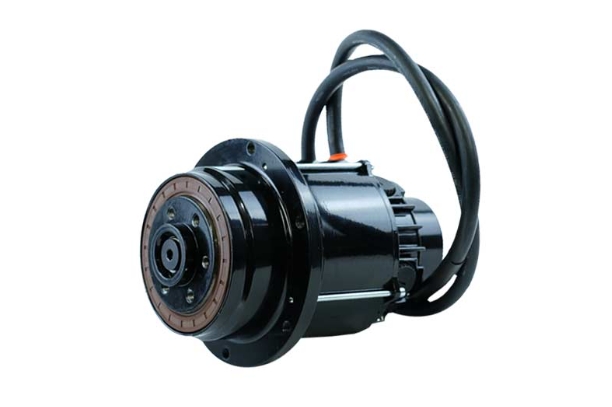
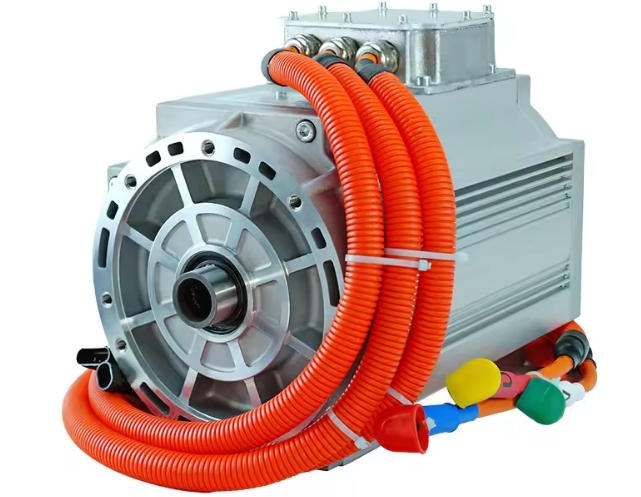
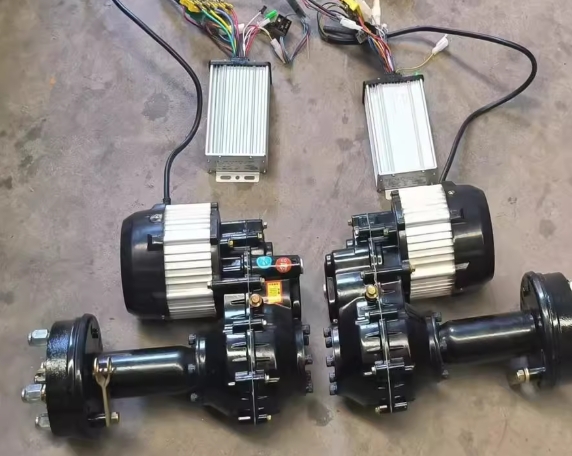
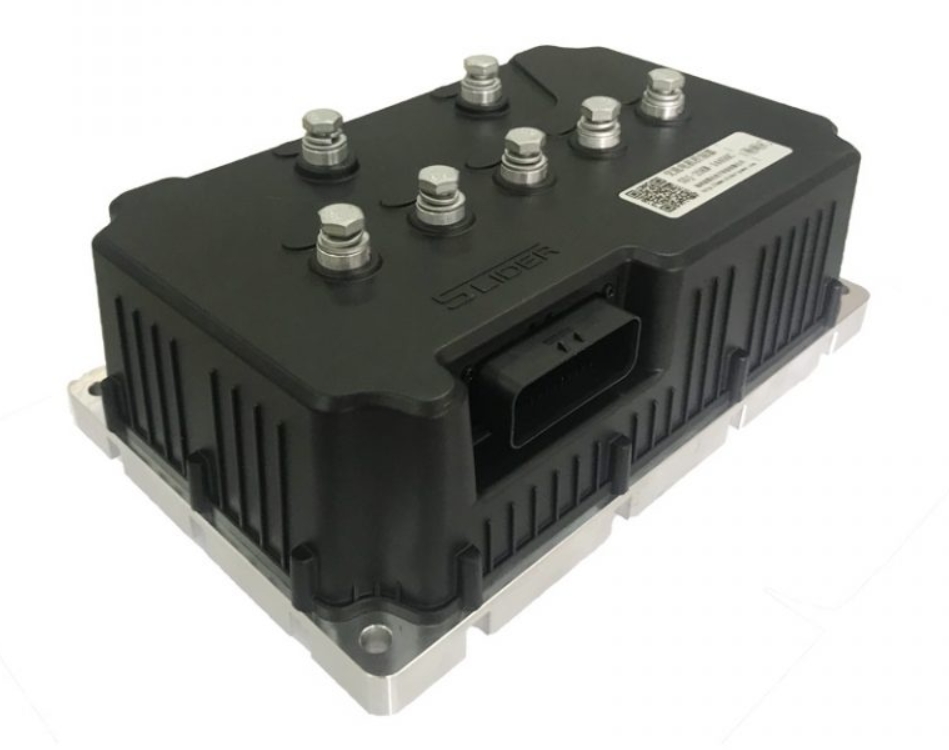

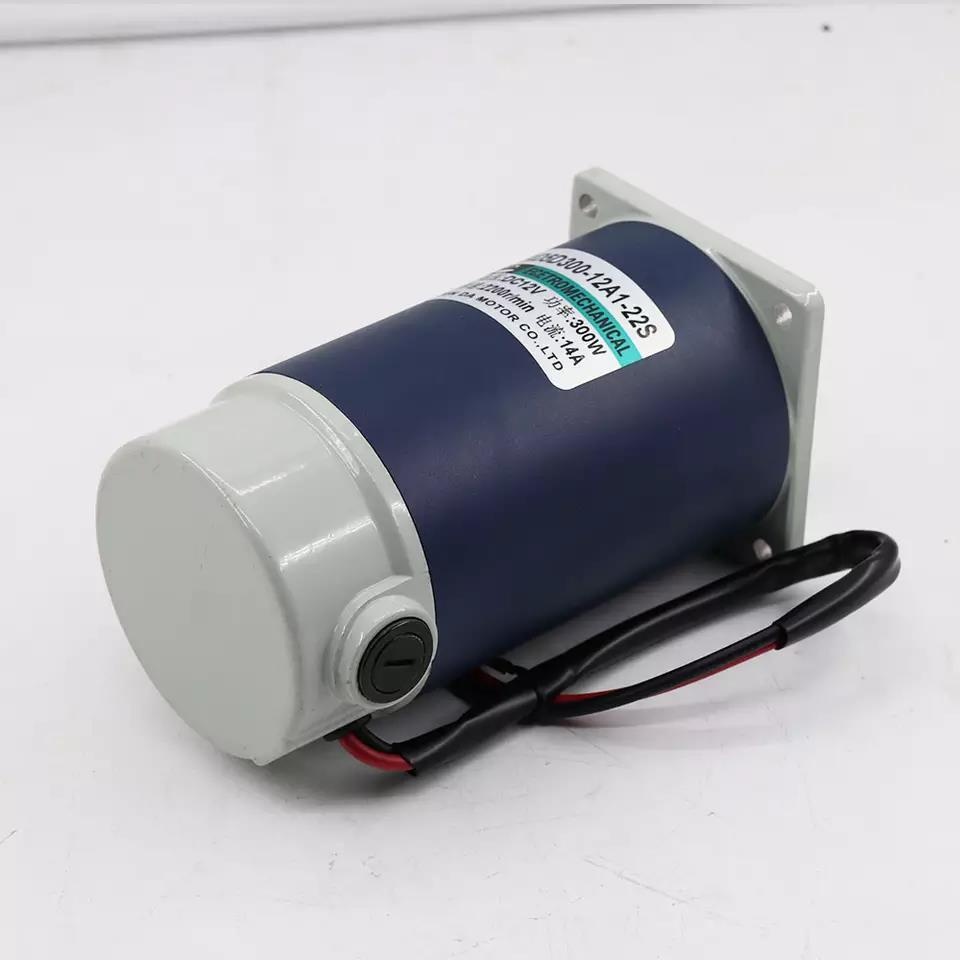

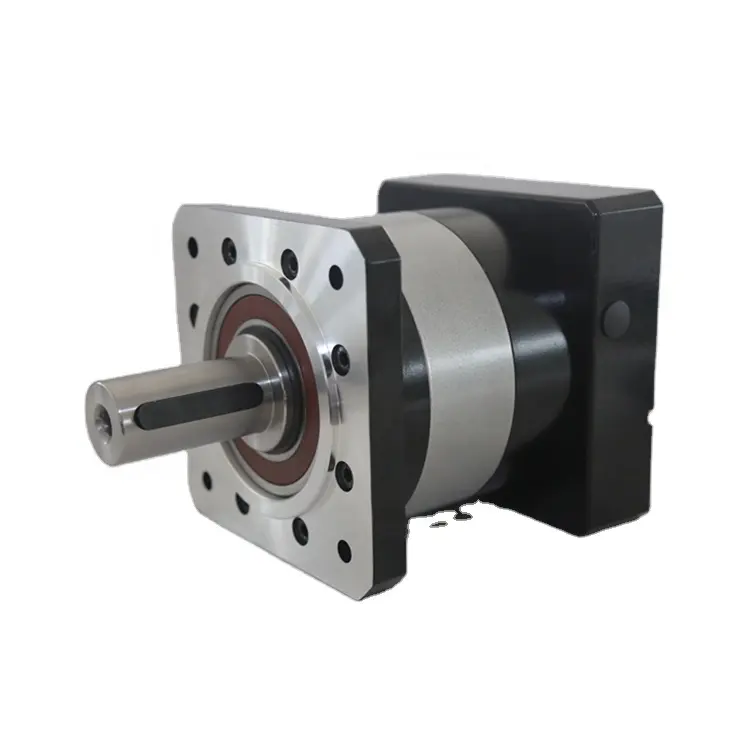
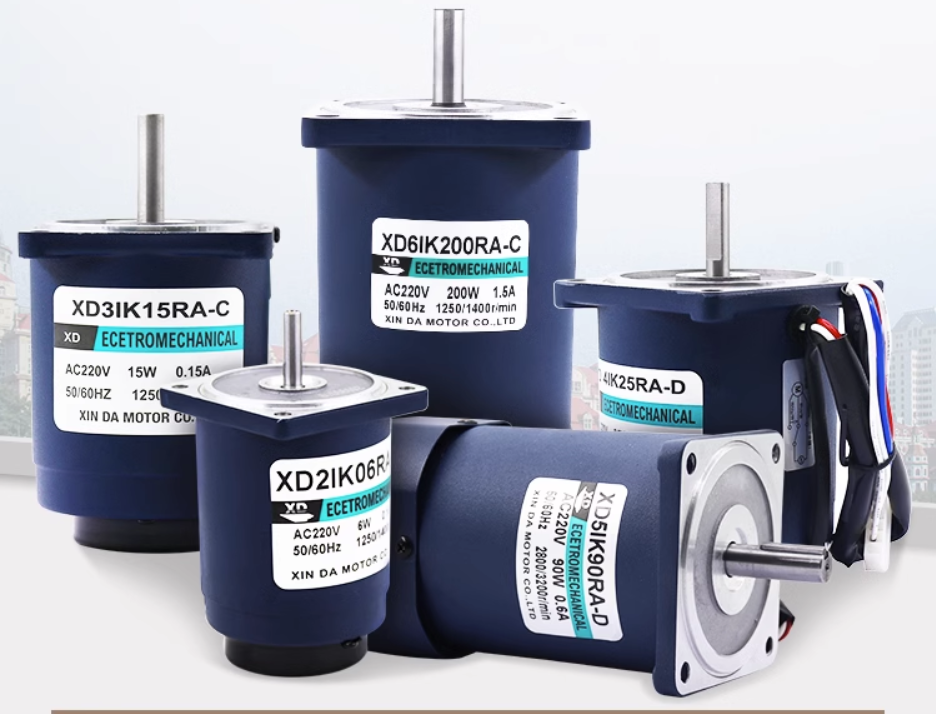



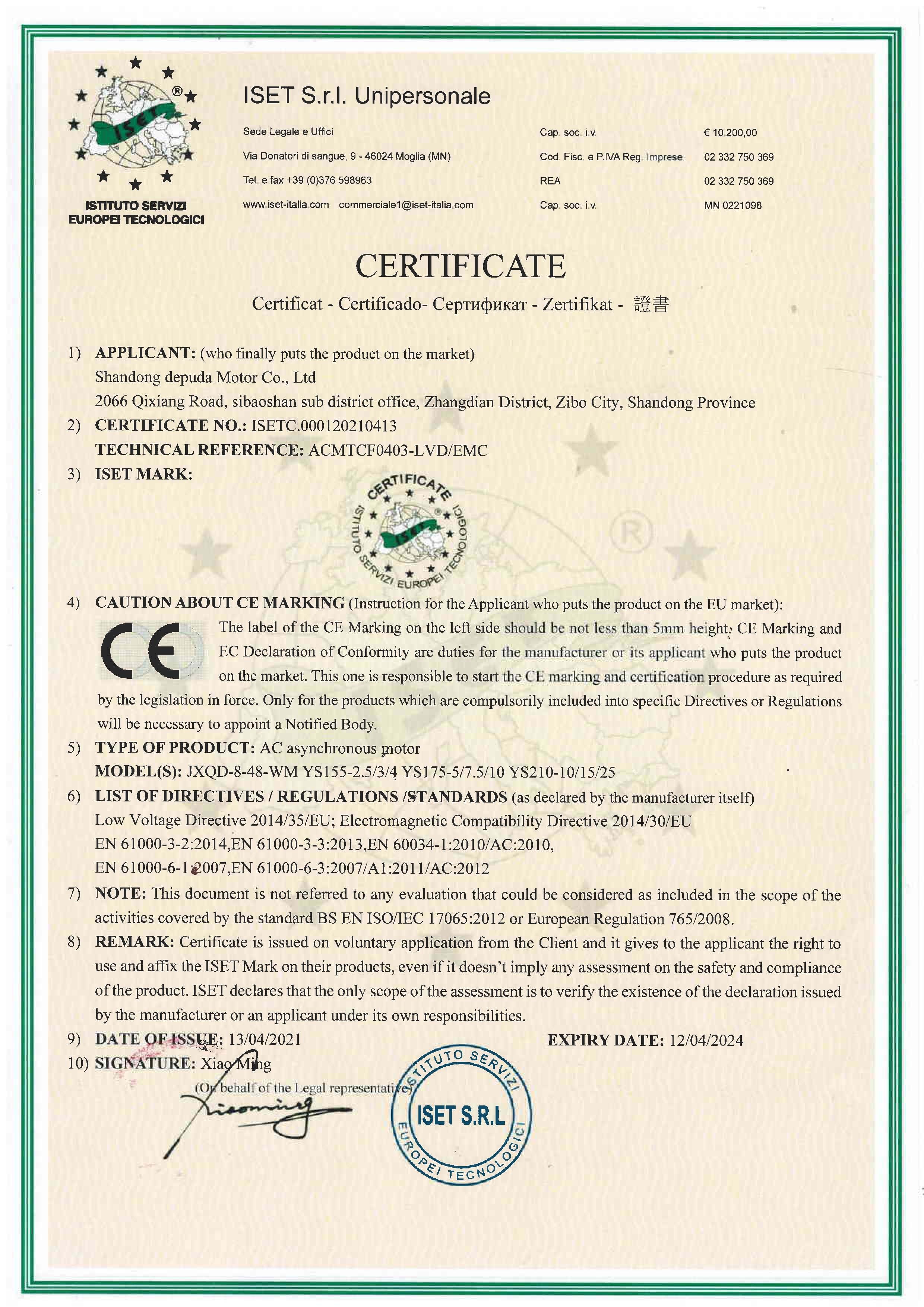
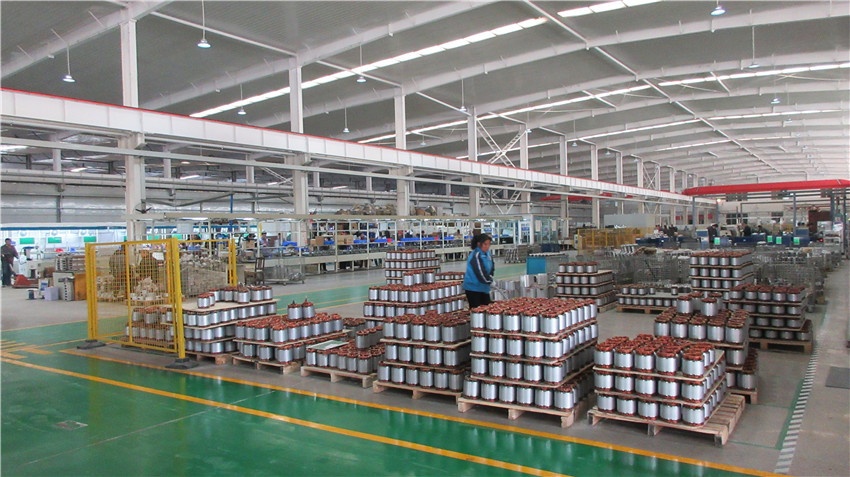







 XINDA
XINDA